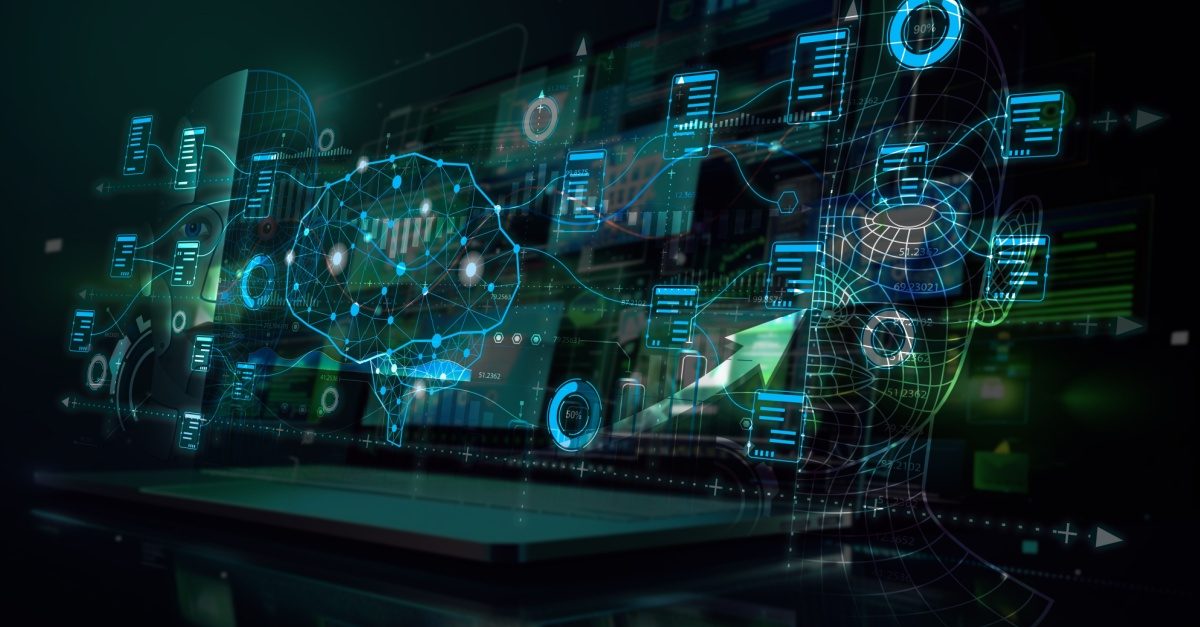
Artificial Intelligence: 10 Ways AI Is Shaking Up the Supply Chain
From job applications to sustainability and customer service, artificial intelligence (AI) has touched nearly every facet of supply chain management. Below, we’ll discuss ten of the most outstanding aspects of this shakeup.
1. AI in the Job Search
Supply chain employment has traditionally been driven by experience in processes and logistics, but AI is rewriting the rules of the game. Applicants should now be able to demonstrate a skill set that includes familiarity with machine learning platforms, real-time optimisation software, algorithms, and predictive analytics, in addition to data interpretation and analytical thinking.
Besides AI-related skills, artificial intelligence is now an integral part of the job application process itself. Most medium and large companies use applicant tracking systems (ATS) capable of AI-powered recruiting and screening. How does an applicant pass this test? By using AI, of course. For example, ResumeCoach’s AI resume writer can help applicants phrase their experiences well and compile them in an ATS-optimised template.
2. AI-Driven Demand Forecasting
Traditional methods of forecasting rely on historical sales patterns and intuition. While helpful, these forecasts can lag behind or miss the mark of emerging trends. AI algorithms, on the other hand, can digest massive amounts of data from weather forecasts, social media, point-of-sale (POS) systems, and macroeconomic indicators to produce dynamic, real-time predictions of demand. This, in turn, can help companies to pre-position inventory to reduce overstock and stockouts.
3. Smart Warehousing and Robotics
AI-powered robots go beyond automation and mechanisation. They can work alongside human associates to pick, sort, and transport items. AI vision systems can optimise real-time space allocation and detect errors before they leave the warehouse. The result is faster fulfillment and safer warehousing.
4. Route Optimisation and Autonomous Vehicles
Machine learning models can analyse variables like weather, traffic, and fuel costs to optimise delivery in real-time. Some companies are even experimenting with drones and self-driving vehicles for automated delivery.
5. Risk Management with Predictive Analytics
Economic changes can happen swiftly. AI can be used to monitor supplier performance, supply disruptions, global news, and political instabilities. It can then alert planners early or even in advance of an issue—for example, when a hurricane is headed for a supplier region but has yet to make landfall.
6. AI-Powered Supplier Selection and Monitoring
Selecting a reliable supplier is essential to maintaining the supply chain. AI can be used to analyse and summarise the media coverage, financial health, delivery histories, environmental impact, and government relationships of suppliers. Then, informed decisions can be made.
For example, supplier issues could affect the timelines or cost of clinical trials for important medicines. Analysing external vendor data in advance can mitigate this risk.
7. Real-Time Inventory Visibility
There’s nothing worse for the customer experience than placing an order only to receive an email that it’s out of stock. AI-powered internet of things (IoT) sensors can monitor inventory during production, transportation, storage, and in retail channels, flagging anomalies, tracking shelf life, and triggering replenishment.
8. Dynamic Pricing
AI platforms can be used to adjust pricing based on factors like current market conditions, demand, competition, and fuel prices. Customers will be happy to receive the best possible pricing, and companies will appreciate not losing profit when conditions change.
9. Enhanced Customer Service
AI has allowed a more responsive customer service environment. AI chatbots can be programmed to answer many questions and address minor issues, escalating more complex problems to customer service agents.
10. Sustainability and Emissions Reductions
AI can help companies reach sustainability goals by streamlining transportation, identifying carbon hotspots in operations or packaging, and consolidating shipments to reduce fuel usage. For example, the author recently placed two orders from an overseas company a few days apart. Their software flagged that the first order had not yet shipped when the second was placed, so the items were consolidated into one package.
Will AI Displace Supply Chain Employees?
After considering the above, you may wonder if your job is at risk. The concern that AI could “take jobs” in the supply chain is a valid one, but it is also nuanced. For example, some entry-level roles that handle repetitive tasks (i.e., warehouse labour in a high-volume, standardised environment) could be phased out by AI automation, such as robotic picking systems.
While some jobs may be phased out, others will be created by the use of AI. Historically, the adoption of new technologies has created new roles. In the context of logistics, these include Warehouse AI Monitor and Algorithmic Sourcing Manager. Smart companies will train existing experienced employees—perhaps those displaced by automation—to step into these roles.
Additionally, many roles will simply evolve, with human employees working alongside AI programs and machines. AI will do more of the tedious “grunt work,” allowing human counterparts to do the things AI can’t, including relationship building with suppliers and clients, ethical decision making, strategic oversight, and exception management.
AI is profoundly reshaping the supply chain—not as a threat, but as a catalyst for growth.

